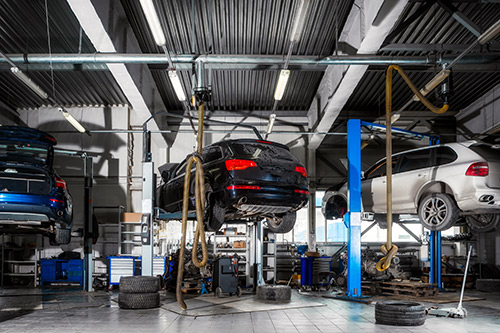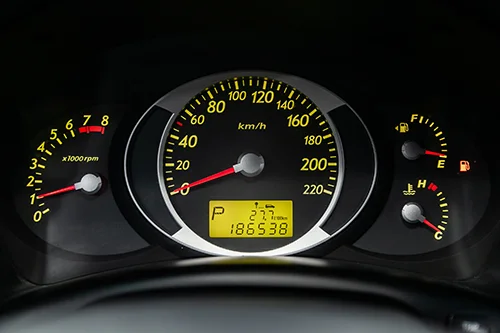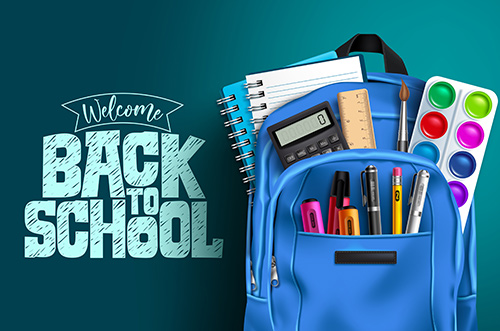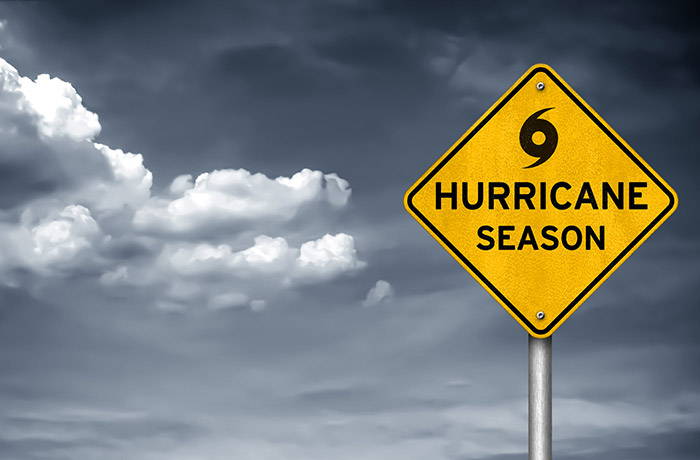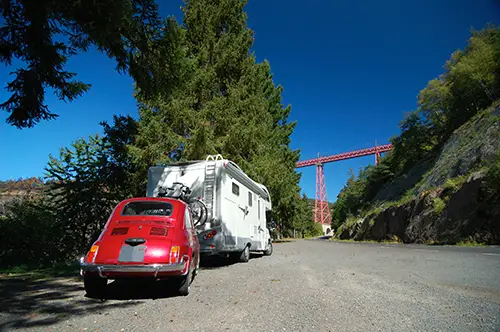
Your car is your home away from home. Stay safe with the correct tools and gear to help you in a jam. Below is a list of Things to keep in your car:
Jumper cables
Don’t assume the person who stops to help will have cables. Or you may be called on to help someone else. This dead-battery remedy can be a whole lot faster than waiting for the garage guy you call—and cheaper too.
Car registration
Chances are it’s in your glove compartment, but maybe you removed it to prevent identity theft. Check your state’s laws, as you may be required to have it in your vehicle at all times.
Owner’s manual
Full of handy information if something suddenly goes awry, and when else do you need it but when you’re with your car?
Flashlight
As helpful for finding a contact lens as it is for changing a tire on a moonless night. Get a crank-style so that you don’t have to think about batteries.
Fire extinguisher
Again, this comes in handy for mishaps at home as well as any that happen in the car. There are automotive versions that don’t take up much room.
Multitool
Almost a toolbox in your hand, this nifty item is like a Swiss Army knife and then some, with a mini saw, scissors, wire cutters, screwdriver, bottle opener, and more.
Duct tape
Still a go-to for temporary fixes to hold that muffler or mirror in place till you get to the garage.
Emergency warning triangles
Unlike flares, they’re reusable. The bright orange is visible by day and the brilliant reflectors by night. They fold down flat when not in use, though we hope you’ll never need them.
Emergency escape tool
The two-in-one tool fits in the palm of your hand and can cut a seatbelt or break a window. It should come with twin hammerheads to shatter and then clear the glass. Keep it in your glove compartment.
First-aid kit
You might need more than that old adhesive bandage tucked in your wallet if you ding yourself while changing a tire or your kid scrapes a knee at the park. Get a kit from an organization like the Red Cross. It should have all the small necessities, including sterile gauze pads, antiseptic wipes, Band-Aids, and scissors.
- Disinfectant face wipes: Useful for sticky hands or faces or when you need to sanitize quickly. Also prevents having to break into the first-aid kit.
- Work gloves: Protect your hands when tugging at a tire or touching engine parts.
- Cellphone charger: Maybe you carry one all the time, but for those instances when you forget it, you’ll be glad for the backup.
- Paper maps: Cloudy skies, a remote location, even an accident that blocks the road can hinder the effectiveness of your GPS. A road atlas will do the job wherever you find yourself; at the very least, pick up maps for your immediate environs.
- Change of shoes: Sneakers or flats are a boon if you get stuck in a muddy environment or on your way home from a fancy party.
- Poncho: Besides keeping you dry during an unexpected rainstorm, you can use it to protect the seat from a damp passenger.
- Mylar blanket: Hey, this takes up hardly any space, so why not? Alternatively, you can keep an old comforter or a large bath towel in the trunk.
- Small money: A few small bills—two tens and a couple of fives—and a roll of quarters provide backup if you lose your wallet or discover you’re out of cash.
- Carpet remnant: For tire traction in extreme mud or snow.
- Paper products: Paper towels are good for cleaning up messy spills and such. A box of tissues gently takes care of the smaller stuff. While you’re at it, a small notepad and a pen are a good idea, in case you need to fix a note to the windshield (with that duct tape) or hand out a phone number.
- Plastic bags: Throw the used paper products in one, then dump them when you get home or to a rest stop. Also good for muddy shoes or a carsick passenger.
- Matches: Necessary at one time or another. They’re safer to tote and more dependable than a lighter. Stow in a plastic sandwich bag to maintain their effectiveness.
- Food and drink: Stock nonperishable, non-melting snacks like energy bars or dried fruit. Water bottles are fine in cool months but never in warm weather as heat causes the plastic to break down and release harmful elements into the water. Before you leave the driveway, place some bottles in the trunk in a small cooler with a few reusable ice packs.
Source: thisoldhouse.com
